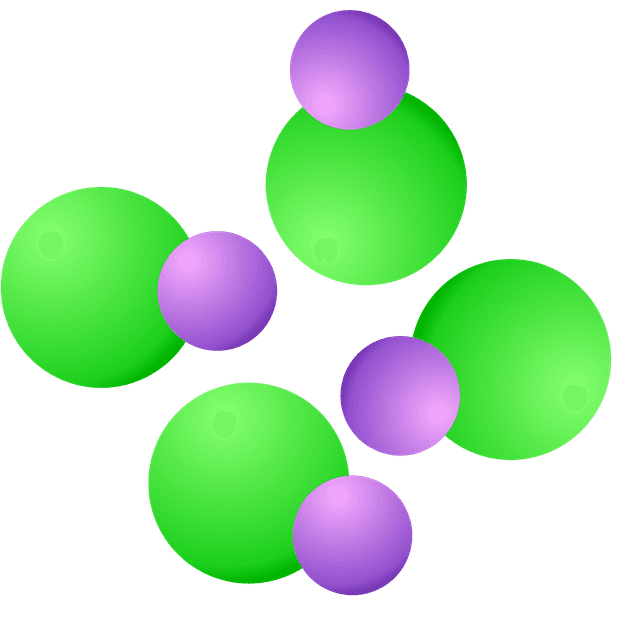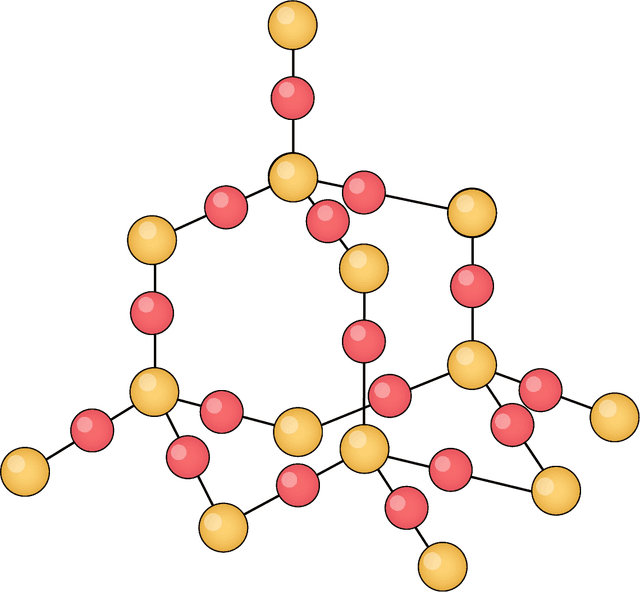Myths about teaching can hold you back
- Year 8
Molecular elements
I can describe a molecule and draw pictures of elements made from molecules.
- Year 8
Molecular elements
I can describe a molecule and draw pictures of elements made from molecules.
These resources will be removed by end of Summer Term 2025.
Switch to our new teaching resources now - designed by teachers and leading subject experts, and tested in classrooms.
These resources were created for remote use during the pandemic and are not designed for classroom teaching.
Lesson details
Key learning points
- Many non-metals are in the gas state at room temperature.
- Some non-metals form diatomic molecules that contain two atoms (e.g. O₂, N₂, H₂, Cl₂).
- Some non-metals are monatomic and do not form molecules.
- Noble gases are monatomic and are listed in the right-hand column of the periodic table.
Keywords
Molecule - Molecules are made up of two or more atoms chemically bonded together. These are usually non-metals.
Monatomic - A monatomic element consists of only single atoms.
Diatomic - A diatomic element consists of two of the same type of atom chemically bonded together.
Common misconception
Assuming that substances like sodium chloride (NaCl) are diatomic.
It is very important to emphasise that only non-metals exist as monatomic or molecules.
To help you plan your year 8 science lesson on: Molecular elements, download all teaching resources for free and adapt to suit your pupils' needs...
To help you plan your year 8 science lesson on: Molecular elements, download all teaching resources for free and adapt to suit your pupils' needs.
The starter quiz will activate and check your pupils' prior knowledge, with versions available both with and without answers in PDF format.
We use learning cycles to break down learning into key concepts or ideas linked to the learning outcome. Each learning cycle features explanations with checks for understanding and practice tasks with feedback. All of this is found in our slide decks, ready for you to download and edit. The practice tasks are also available as printable worksheets and some lessons have additional materials with extra material you might need for teaching the lesson.
The assessment exit quiz will test your pupils' understanding of the key learning points.
Our video is a tool for planning, showing how other teachers might teach the lesson, offering helpful tips, modelled explanations and inspiration for your own delivery in the classroom. Plus, you can set it as homework or revision for pupils and keep their learning on track by sharing an online pupil version of this lesson.
Explore more key stage 3 science lessons from the Atoms, elements and compounds unit, dive into the full secondary science curriculum, or learn more about lesson planning.

Licence
Prior knowledge starter quiz
6 Questions
Q1.What state of matter has particles held in fixed positions?
Q2.Where are non-metals located on the periodic table?
Q3.What is the boiling point of water (in °C)? Give your answer as a number.
Q4.Which element's model is described as a ball that cannot be broken
Q5.Elements are considered pure substances because they...
Q6.What does it mean when elements react together?
Assessment exit quiz
6 Questions
Q1.What is a molecule?
Q2.Which of the following is a diatomic molecule?
Q3.Identify the diatomic molecules.






